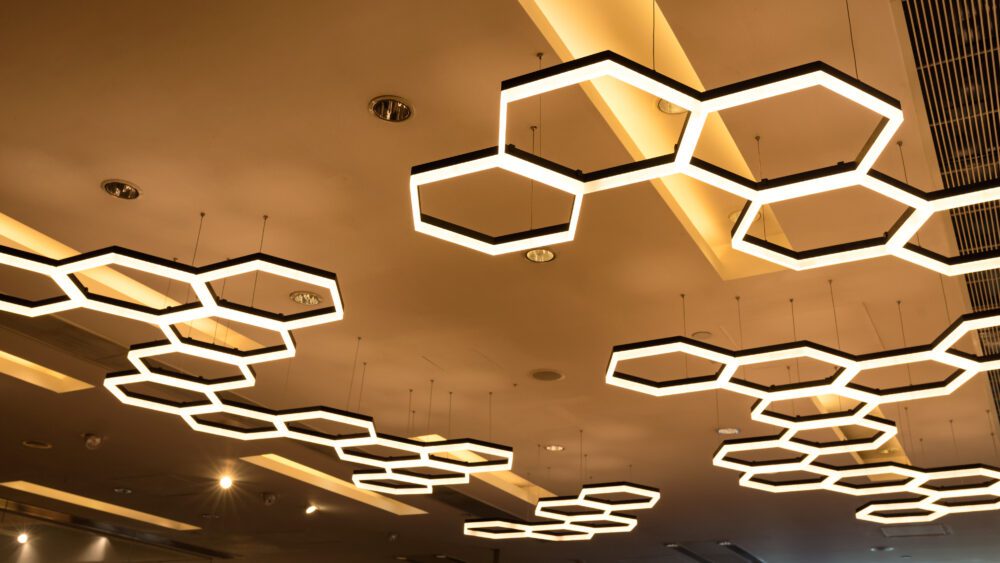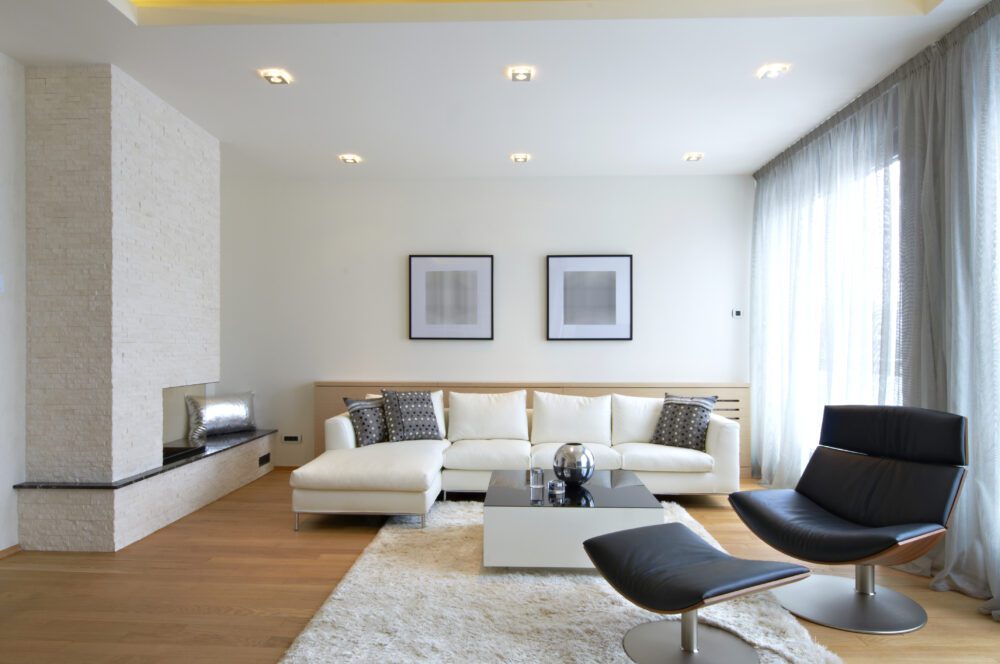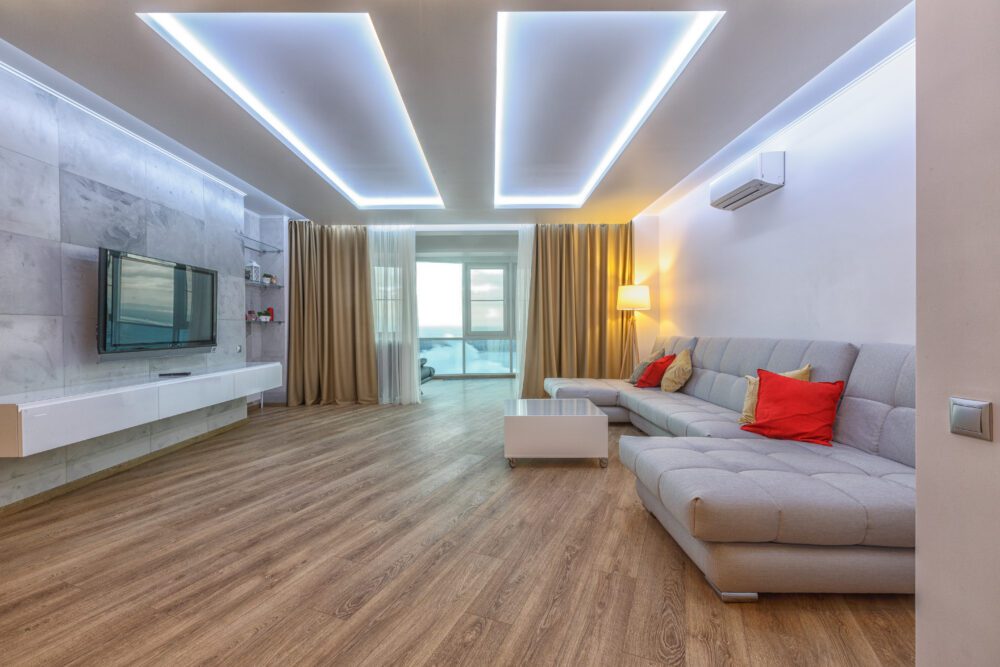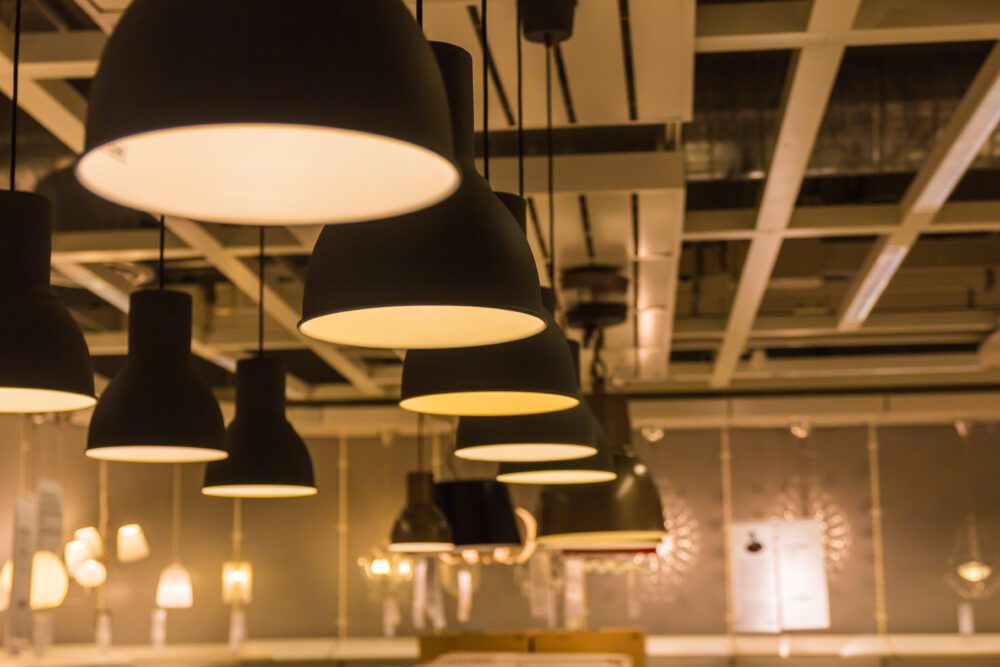
The Lighting Fixtures Market in Saudi Arabia
Il mercato degli apparecchi per illuminazione in Arabia Saudita
Illuminazione | Settembre 2016
€600

RAPPORTO IN LINGUA INGLESE
Settembre 2016,
I Ed. ,
35 pagine
Prezzo (licenza per singolo utente):
EUR 600 / USD 654
Contattateci per licenze corporate e multiuser
Lingua: English
Codice report: S38SA
Editore: CSIL
Status: available for online purchase and immediate download
Download
Indici dei contenuti
The Report ‘The lighting fixtures market in Saudi Arabia‘ is at its first edition; it is part of a wider study analysing the main lighting fixture markets of the MENA region (‘The lighting fixtures market in the Middle East and North Africa’).
It provides historical statistical data 2010-2015 of Production, International trade and Market size of the lighting fixtures industry in Saudi Arabia, highlighting the two main market segments for lighting fixtures, residential lighting and non-residential lighting. 2016 and 2017 forecasts on consumption of lighting fixtures in Saudi Arabia are also provided, together with macroeconomic forecasts up to 2020.
Lighting Demand of the Saudi market is broken down by segment (consumer/residential lighting, architectural/commercial lighting, industrial lighting and outdoor lighting) and by light source (Conventional and LED).
A breakdown of Saudi Arabian lighting fixtures exports and imports is provided by country and by geographical area of destination/origin.
The competitive system analyses the main companies present in the Saudi Arabian lighting fixtures market, with data on sales and market shares and short company profiles.
An overview of the lighting fixtures distribution system in Saudi Arabia is provided, highlighting the main architectural companies involved in the lighting business, the main specialist importers and distributors of lighting fixtures and other large groups operating in the electrical supplies
Country economic indicators (including GDP, population indicators, construction indicators, wealth indicators) are also given
Aziende selezionate
Al Abdulkarim, Al Adwaa, Al Babtain, Al Nasser, Al Raed, Bega, Debbas, Depa, Eglo, Erco, Huda Lighting, Madina Lighting, Midas, NLC National Lighting Company, Noortek, Nouran, NVC, Omega Pole, Opple, Osram, Philips, Preciosa, Sabic, Savola, Schreder, Trilux, Zuhair Fayez, Zumtobel
The Saudi Arabian economy in Vision 2030 scheme
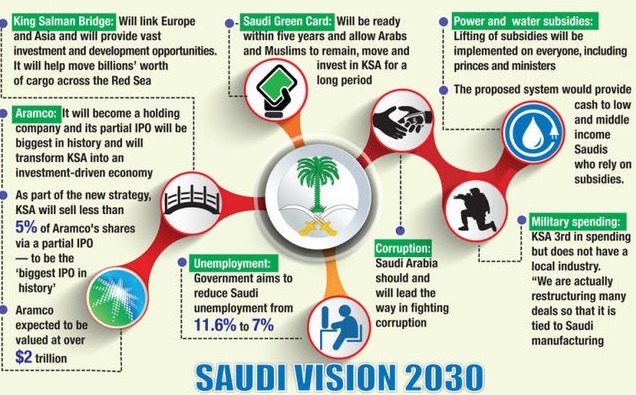
The lighting fixtures market in the Saudi Arabia is recording a -16.5% drop during 2015. About 30% of the total country consumption is absorbed by the Riyadh metropolitan area (over 6 million inhabitants), followed by Jeddah with 25% (4 million inhabitants) and Dammam with 17% (1 million). Makkah and Madinah absorbs 8% of the market each. Saudi Arabia has begun a fundamental policy shift to respond to low oil prices. The government has introduced a series of reforms over the past year and has recently set out plans for a bold and ambitious transformation of the Saudi Arabian economy in Vision 2030 and the National Transformation Program. Diversifying the economy, creating jobs for nationals in the private sector, and implementing a gradual, but sizable and sustained fiscal consolidation to reach budget balance in 5 years are key policy priorities. China is the main supplier (49% of total), followed by Italy (9%) and the United States (7%).
Introduction: Research tools and Terminology
Basic data, activity trend and forecasts
Lighting fixtures production, consumption and international trade: Total, Residential and Technical lighting, 2010-2015 ; Consumption of lighting fixtures by segment (residential/consumer lighting, architectural/commercial lighting, industrial lighting, outdoor lighting) Real growth of GDP and inflation, Crude oil average price: forecasts up to 2020 ; Consumption of lighting fixtures, 2016 and 2017 forecasts
International trade
Exports and imports of lighting fixtures and components by country and by geographical area of destination/origin, 2010-2015
Lighting sources and LED
Incidence of LED lighting fixtures on total consumption, 2010, 2015 and 2019 forecasts
Competition
Sales data and market shares for the major local and foreign companies
Distribution
Architectural companies involved in the lighting business ; The main specialist importers and distributors of lighting fixtures and other large groups operating in the electrical supplies ; International furniture and lifestyle chains selling also residential lighting: number of stores in Saudi Arabia
Macroeconomic indicators, Demand potential, Government plans
Economic indicators ; Population indicators ; Construction indicators ; Wealth indicators ; Saudi vision 2030 scheme ; Top Corporations in Saudi Arabia by market value
The Report ‘The lighting fixtures market in Saudi Arabia‘ is at its first edition; it is part of a wider study analysing the main lighting fixture markets of the MENA region (‘The lighting fixtures market in the Middle East and North Africa’).
It provides historical statistical data 2010-2015 of Production, International trade and Market size of the lighting fixtures industry in Saudi Arabia, highlighting the two main market segments for lighting fixtures, residential lighting and non-residential lighting. 2016 and 2017 forecasts on consumption of lighting fixtures in Saudi Arabia are also provided, together with macroeconomic forecasts up to 2020.
Lighting Demand of the Saudi market is broken down by segment (consumer/residential lighting, architectural/commercial lighting, industrial lighting and outdoor lighting) and by light source (Conventional and LED).
A breakdown of Saudi Arabian lighting fixtures exports and imports is provided by country and by geographical area of destination/origin.
The competitive system analyses the main companies present in the Saudi Arabian lighting fixtures market, with data on sales and market shares and short company profiles.
An overview of the lighting fixtures distribution system in Saudi Arabia is provided, highlighting the main architectural companies involved in the lighting business, the main specialist importers and distributors of lighting fixtures and other large groups operating in the electrical supplies
Country economic indicators (including GDP, population indicators, construction indicators, wealth indicators) are also given
The Saudi Arabian economy in Vision 2030 scheme

The lighting fixtures market in the Saudi Arabia is recording a -16.5% drop during 2015. About 30% of the total country consumption is absorbed by the Riyadh metropolitan area (over 6 million inhabitants), followed by Jeddah with 25% (4 million inhabitants) and Dammam with 17% (1 million). Makkah and Madinah absorbs 8% of the market each. Saudi Arabia has begun a fundamental policy shift to respond to low oil prices. The government has introduced a series of reforms over the past year and has recently set out plans for a bold and ambitious transformation of the Saudi Arabian economy in Vision 2030 and the National Transformation Program. Diversifying the economy, creating jobs for nationals in the private sector, and implementing a gradual, but sizable and sustained fiscal consolidation to reach budget balance in 5 years are key policy priorities. China is the main supplier (49% of total), followed by Italy (9%) and the United States (7%).
Introduction: Research tools and Terminology
Basic data, activity trend and forecasts
Lighting fixtures production, consumption and international trade: Total, Residential and Technical lighting, 2010-2015 ; Consumption of lighting fixtures by segment (residential/consumer lighting, architectural/commercial lighting, industrial lighting, outdoor lighting) Real growth of GDP and inflation, Crude oil average price: forecasts up to 2020 ; Consumption of lighting fixtures, 2016 and 2017 forecasts
International trade
Exports and imports of lighting fixtures and components by country and by geographical area of destination/origin, 2010-2015
Lighting sources and LED
Incidence of LED lighting fixtures on total consumption, 2010, 2015 and 2019 forecasts
Competition
Sales data and market shares for the major local and foreign companies
Distribution
Architectural companies involved in the lighting business ; The main specialist importers and distributors of lighting fixtures and other large groups operating in the electrical supplies ; International furniture and lifestyle chains selling also residential lighting: number of stores in Saudi Arabia
Macroeconomic indicators, Demand potential, Government plans
Economic indicators ; Population indicators ; Construction indicators ; Wealth indicators ; Saudi vision 2030 scheme ; Top Corporations in Saudi Arabia by market value
RAPPORTI CORRELATI
The worldwide market for connected lighting (english)
Febbraio 2024,
I Ed. ,
88 pagine
Il mercato mondiale dell'illuminazione connessa
Questo rapporto analizza il mercato globale dell’illuminazione concentrandosi sulle tendenze dei LED e dell’illuminazione connessa. Fornisce previsioni di mercato sottolineando l’impatto della transizione green e della trasformazione digitale. Lo studio include anche una sezione sulla concorrenza del settore, stimando le vendite e le quote di mercato dei principali produttori.
Lighting: World Market Outlook (English)
Novembre 2023,
XXVI Ed. ,
123 pagine
Il mercato mondiale dell'illuminazione
La ventiseiesima edizione della ricerca CSIL “Lighting: World market outlook” analizza, attraverso tabelle e grafici, i dati relativi alla produzione, al consumo e al commercio internazionale di apparecchi di illuminazione a livello mondiale nel suo complesso con un focus su 70 Paesi, per gli anni 2013-2022 e i preliminari del 2023. Sono inoltre fornite previsioni di mercato per i prossimi tre anni (2024-2026).
The lighting fixtures market in China (English)
Settembre 2023,
XVI Ed. ,
205 pagine
Il mercato degli apparecchi per illuminazione in Cina
La 16a edizione di The Lighting Fixtures market in China offre un’analisi accurata e approfondita del settore degli apparecchi di illuminazione in Cina, fornendo dati e tendenze per il periodo 2017-2022 e previsioni fino al 2025. Da un lato, il rapporto analizza le principali tendenze che hanno interessato il mercato negli ultimi cinque anni, considerando la produzione, il consumo, le importazioni e le esportazioni di apparecchi di illuminazione nel Paese. Dall’altro, offre un’analisi della struttura dell’offerta e del sistema competitivo, una panoramica sul trend dell’ illuminazione connessa/smart, il sistema di distribuzione e i principali attori che operano nel mercato.
The lighting fixtures market in the United States (English)
Giugno 2023,
XVII Ed. ,
256 pagine
Il mercato degli apparecchi per illuminazione negli Stati Uniti
Il mercato statunitense dell’illuminazione nel 2022 registra una crescita del 6,5% in termini nominali per quanto riguarda gli apparecchi di illuminazione (consumer, professionale, per esterni), fino a 23,2 miliardi di dollari. Il mercato delle lampade registra un calo (circa -2,9%). Il segmento residenziale è cresciuto ben oltre la media del mercato (+5,9% in media negli ultimi cinque anni). Nel 2022, il peso degli uffici e dell’intrattenimento sul mercato complessivo dell’illuminazione commerciale è diminuito, mentre sono cresciuti i locali pubblici e l’ospitalità. Nel 2022, il valore delle costruzioni completate è cresciuto di oltre il 10%, raggiungendo quasi 1,8 miliardi di dollari.
The European market for lighting fixtures (English)
Maggio 2023,
XXXII Ed. ,
392 pagine
Il mercato europeo degli apparecchi per illuminazione
Nel 2022, il consumo di apparecchi di illuminazione nei Paesi dell’UE30 ha registrato un aumento dell’8,3%, raggiungendo un valore di 19,9 miliardi di euro. Risultati migliori per l’illuminazione commerciale (rispetto a quella residenziale, industriale e per esterni), per i grandi operatori (con un Ebitda del 12%), per il design, per l’illuminazione di aree, per l’ospitalità, per il contract (rispetto alla vendita al dettaglio), per l’illuminazione lineare e per l’emergenza. Più brevetti IP e acquisizioni. I primi 10 operatori detengono una quota di mercato del 30%.

